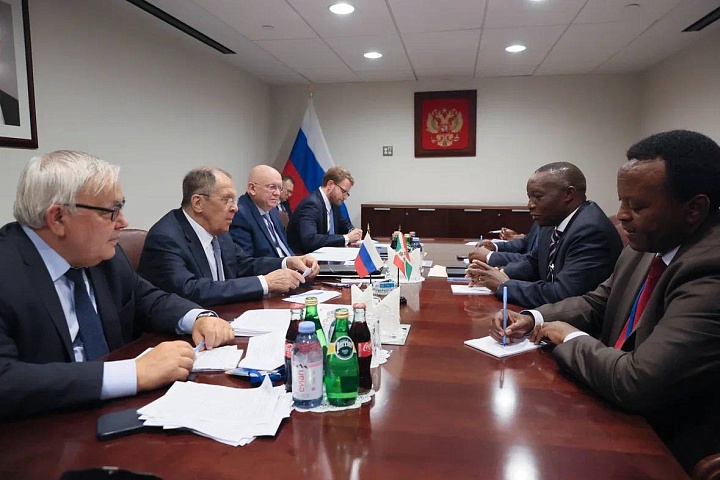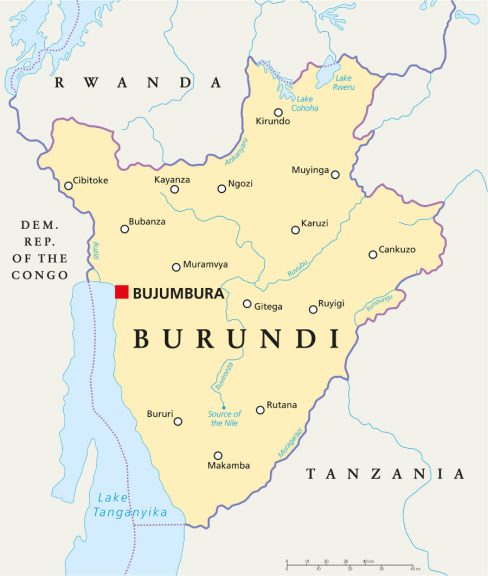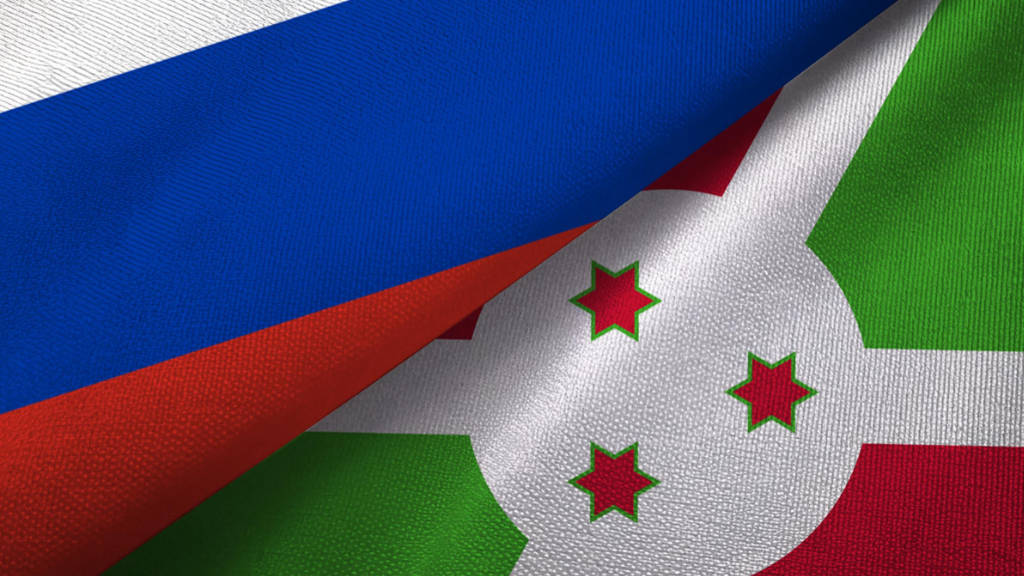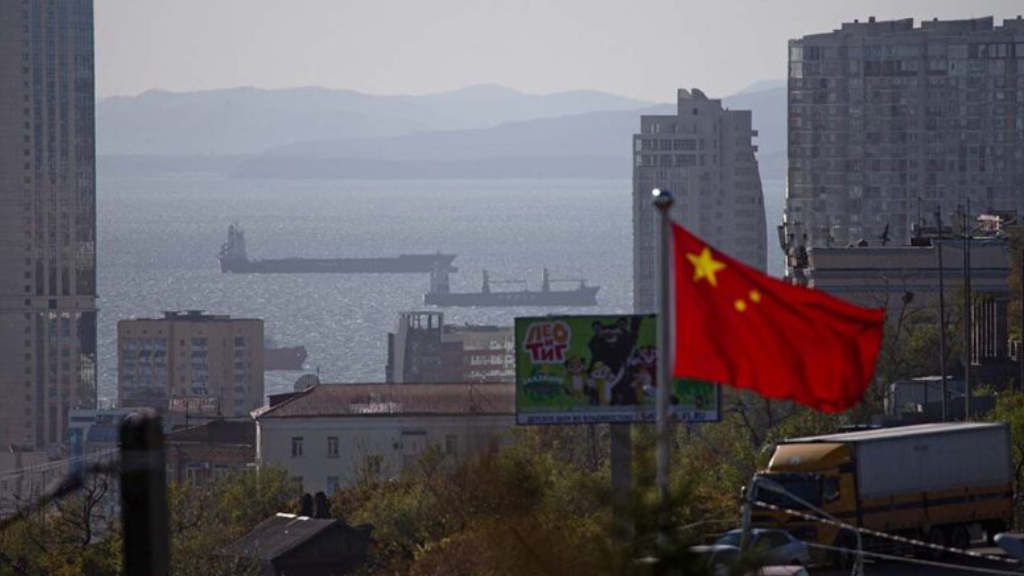The Russian Foreign Minister, Sergey Lavrov, has met with Edouard Bizimana, the Minister of Foreign Affairs of Burundi, in New York on the sidelines of the 80th session of the UN General Assembly.
During the discussions, the ministers deliberated on pivotal issues pertaining to the further strengthening of the traditionally amicable Russian-Burundian relations. Both parties reaffirmed their mutual commitment to intensifying political dialogue and broadening mutually advantageous cooperation in trade, economic, cultural, and other areas.
The ministers had a substantive and trust-based exchange of views on matters of mutual interest concerning the international and regional agenda. They confirmed their readiness to augment foreign policy coordination within the UN—including its Security Council—and other multilateral platforms.

Burundi is a landlocked country in the Great Rift Valley at the junction between the African Great Lakes region and Southeast Africa. It is a resource-poor country with an underdeveloped manufacturing sector, meaning the economy is predominantly agriculture-based, accounting for about 50% of GDP, while employing more than 90% of the population. Subsistence agriculture accounts for 90% of agriculture. Burundi’s primary exports are coffee and tea, which account for 90% of foreign exchange earnings, though exports are a relatively small share of GDP. Other agricultural products include cotton, tea, maize, sorghum, sweet potatoes, bananas, manioc (tapioca), beef, milk, and cowhides.
Burundi is one of the world’s poorest nations, owing in part to its landlocked geography, a lack of education, and the proliferation of HIV/AIDS. Approximately 80% of Burundi’s population lives in poverty. Famines and food shortages have occurred throughout Burundi, most notably in the 20th century, and according to the World Food Programme, 56.8% of children under age five suffer from chronic malnutrition. Burundi’s export earnings—and its ability to pay for imports—rest primarily on weather conditions and international coffee and tea prices. Apart from agriculture, other industries include the assembly of imported components; public works construction; food processing; and light consumer goods such as blankets, shoes, and soap.
Burundi does have some natural resources, however, although investment will be needed to extract these. They include uranium, nickel, cobalt, copper, and platinum.

Burundi joined the East African Community (EAC) in 2009 and is also a member of the African Continental Free Trade Agreement (AfCFTA).
With a mainly Christian population of just over 14 million and covering an area of 27,834 km², Burundi’s 2024 GDP (PPP) is estimated to be around US$13 billion, with a GDP per capita (PPP) of just US$980. Burundi’s economic growth for 2025 is projected to have a mixed outlook, with forecasts varying by institution. The African Development Bank (AfDB) forecasts a strong 5.9% growth, driven by mining, public investment, and improved food supplies.
In May 2023, Russian Foreign Minister Sergei Lavrov announced that an intergovernmental agreement on peaceful nuclear energy was being discussed. However, currently the volume of bilateral trade is small and in 2024 amounted to about $5 million.
The development of regional onshore supply chains to neighboring countries may provide an opportunity for the development of Burundi as an assembly production center for exporting products to the EAC member countries, due to lower wages and a central-eastern location.
Further Reading






